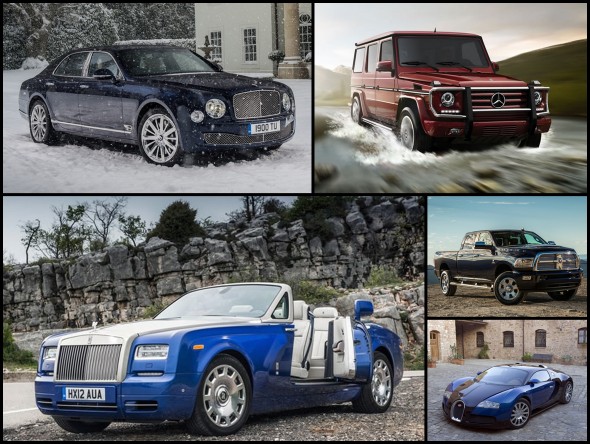 Environmentalists today want giant corporations to look for alternative energy resources in trash. Until now, looking for bio fuel meant that precious food crops could become scarce since corporations would want to make the most from it. The best alternative suggested is in converting garbage into bio-fuel, taking care that agricultural waste is only used. Startups like US based Mascoma and Coskata and in Brazil by Brenco and KiOR have already set up refineries that refine waste products like corn stover and sugarcane bagassedo. Coskata’s first biorefineries will use currently available feedstock — wood chips, sugarcane waste and municipal trash. The company estimates that municipal waste could be used to produce 8-10 billion gallons of fuel annually. Industrial waste gases off of steel mills could provide another 10 billion gallons, those gases are exactly what Coskata’s microbes could eat. They’re burning bug food. Coskata is actively approaching steel producers to turn those gases into fuel.
Environmentalists today want giant corporations to look for alternative energy resources in trash. Until now, looking for bio fuel meant that precious food crops could become scarce since corporations would want to make the most from it. The best alternative suggested is in converting garbage into bio-fuel, taking care that agricultural waste is only used. Startups like US based Mascoma and Coskata and in Brazil by Brenco and KiOR have already set up refineries that refine waste products like corn stover and sugarcane bagassedo. Coskata’s first biorefineries will use currently available feedstock — wood chips, sugarcane waste and municipal trash. The company estimates that municipal waste could be used to produce 8-10 billion gallons of fuel annually. Industrial waste gases off of steel mills could provide another 10 billion gallons, those gases are exactly what Coskata’s microbes could eat. They’re burning bug food. Coskata is actively approaching steel producers to turn those gases into fuel.
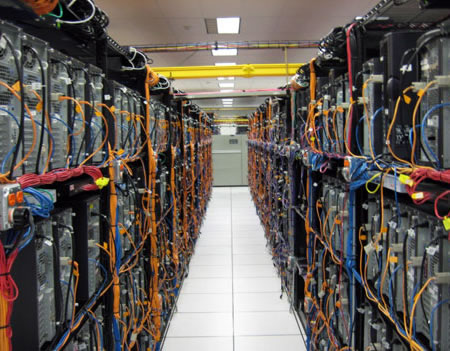
Not everyone knows about the massive amount of energy that is needed to keep websites online and active. In 2006 U.S. Servers and Data Centers Gobbled Up 61 billion kWh, now that’s a lot considering that most users that time didn’t go beyond checking their emails and maybe watch a few YouTube videos. Today however YouTube isn’t a recent discovery, it now has many competitors diving for attention. Microsoft Research’s Networked Embedded Computing group is working on a very promising concept: A combination of physical sensors in the server room and software algorithms to make individual computers sleep or wake up depending on demand.
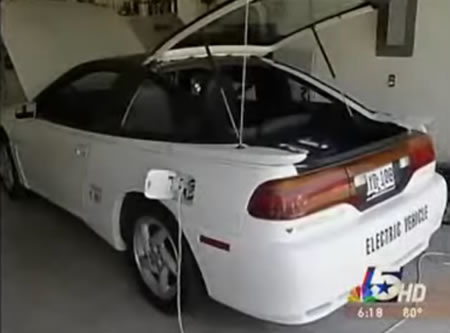
David Murray from north Texas has been doing something that most of us could easily envy. The self-described computer geek from Kennedale bought a 1993 Eagle Talon from a junkyard for just $750. He then converted it into an all electric vehicle, spent about $4,000 more to convert the gas-guzzler to run on electricity alone, doing all the work himself in his garage at home.
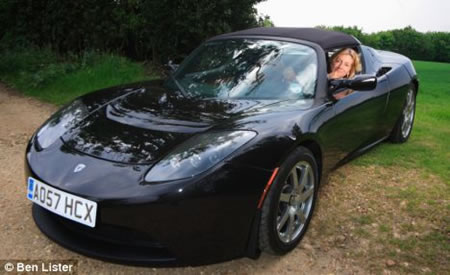
Until now the electric cars presented to u have been rather crude in design, both in looks and functionality. So only the Toyota Prius has made it to the popularity list that too not as a fully electric, rather as a hybrid which is powered by the petrol engine for the vast majority of normal driving, with an electric motor kicking in at low speeds or to provide extra power for acceleration. Two Silicon Valley entrepreneurs, who struck up a deal with internet tycoon Elon Musk – founder of the internet payment system PayPal – to design and produce the world’s first ‘green’ sports car. We are guessing they even contributed their cash via PayPal for goodwill. Their first production model, the Tesla Roadster, is based on the design of the Lotus Elise, and is assembled at the Lotus production line in Norwich, using parts from all over the world. But what make the car so special are the lithium-ion batteries that power it. These batteries are essentially a giant version of the sort you can find in your mobile phone have never been used in electric vehicles before, and are what give the Tesla its astonishingly zippy performance.
 Climate change has become firmly established as an accelerant to many of the factors which have put one in eight of the world’s birds at risk of extinction, 2008 IUCN Bird Red List warns that long-term droughts and extreme weather puts additional stress on key habitats. The assessment lists 1,226 species as threatened with extinction – one-in-eight of all bird species. In the revised Red List, eight species have been added to the “critically endangered” category. One of them is the Floreana mockingbird (Nesomimus trifasciatus), which is confined to two islets in the Galapagos Islands has reduced from 150 in 1960 to less than 60 today. Another example of a species being affected by shifts in the climate was the akekee (Loxops caeruleirostris), a Hawaiian honey-creeper. It’s being negatively impacted by prolonged heavy rain causing nesting failures, but they are extremely threatened by introduced diseases, which are carried by invasive mosquitoes. The mosquitoes have been restricted to lower altitudes, so the birds do best at heights above which the mosquitoes can go and pass on avian malaria. But because of climate change, the temperature zones are shifting. It is getting warmer at higher altitudes, so the mosquitoes can now move higher. This is eliminating the mosquito-free zone that the birds used to occupy.
Climate change has become firmly established as an accelerant to many of the factors which have put one in eight of the world’s birds at risk of extinction, 2008 IUCN Bird Red List warns that long-term droughts and extreme weather puts additional stress on key habitats. The assessment lists 1,226 species as threatened with extinction – one-in-eight of all bird species. In the revised Red List, eight species have been added to the “critically endangered” category. One of them is the Floreana mockingbird (Nesomimus trifasciatus), which is confined to two islets in the Galapagos Islands has reduced from 150 in 1960 to less than 60 today. Another example of a species being affected by shifts in the climate was the akekee (Loxops caeruleirostris), a Hawaiian honey-creeper. It’s being negatively impacted by prolonged heavy rain causing nesting failures, but they are extremely threatened by introduced diseases, which are carried by invasive mosquitoes. The mosquitoes have been restricted to lower altitudes, so the birds do best at heights above which the mosquitoes can go and pass on avian malaria. But because of climate change, the temperature zones are shifting. It is getting warmer at higher altitudes, so the mosquitoes can now move higher. This is eliminating the mosquito-free zone that the birds used to occupy.
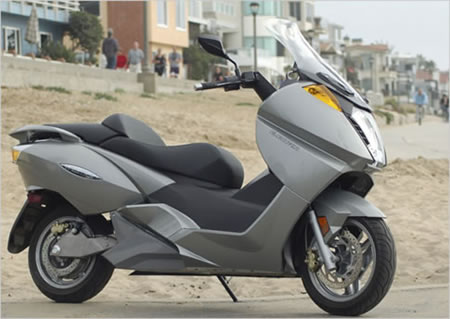
For those who still think that electric powered vehicles have a long way to go, think again. The Vectrix is a very powerful electric powered scooter that accelerates faster than cars at stop signs and claims to go upto 68mph at top speed. The Vectrix is powered by a low-mounted, 3.7 kilowatt NiMH battery pack that re-charges to 80 or 90 percent of capacity in two hours. Three hours is usually enough for a full charge, four if you start from flat empty.
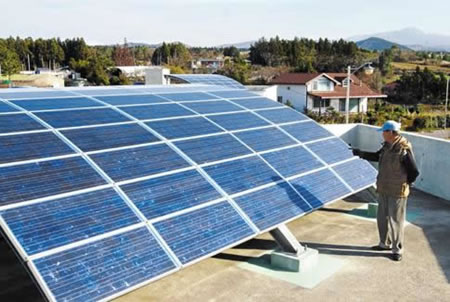
While most of us are happy having a solar cell in our calculators and often dream of owning enough solar cells to power our home, a small village in Korea has already done it. The village Donggwang gets 100% of its power from the sun. The village is located on the semi-tropical island of Jeju-do. Near the village, Halla Mountain, a volcano and the tallest mountain in South Korea, rises from the island’s center amidst a patchwork of small farms. The village’s forty houses and the school all have large solar panels covering their roofs. A typical roof will have a two kilowatt solar installation. In 2004, the government subsidized the solar systems in Donggwang, paying 70% of the installation fees. Now if only our govt realizes the harm to the environment the older forms of energy production make and lose its selfish obsession with making money providing the most basic of energy requirements.
 Alternate energy is the coolest rage today, but not everybody has the capacity to make money out of it. Unless of course you are Google! Google is now planning into the energy business, and as any of its previous ventures its going to do it in a big way. It already has a history of investing in renewable energy, with its Mountain View, Calif. headquarters already being powered, in part, by one of the largest solar electric installations in the United States. It now plans to go big with its philanthropic arm, Google.org, and invest $20 million in the next year alone toward renewable energy research. This will include the cost of hiring between 20 and 30 new employees, including renewable energy experts. Google aims to find a way to significantly reduce the cost of renewable energy generation to bring it more on par with the cost of coal.
Alternate energy is the coolest rage today, but not everybody has the capacity to make money out of it. Unless of course you are Google! Google is now planning into the energy business, and as any of its previous ventures its going to do it in a big way. It already has a history of investing in renewable energy, with its Mountain View, Calif. headquarters already being powered, in part, by one of the largest solar electric installations in the United States. It now plans to go big with its philanthropic arm, Google.org, and invest $20 million in the next year alone toward renewable energy research. This will include the cost of hiring between 20 and 30 new employees, including renewable energy experts. Google aims to find a way to significantly reduce the cost of renewable energy generation to bring it more on par with the cost of coal.

Komatsu PC200-8 Hybrid hydraulic excavator combines a capacitor and a diesel engine. While construction machines normally use hydraulic motors to turn their upper structures, Komatsu’s new Hybrid model uses an electric motor for this movement. The electric motor collects energy generated when the upper structure of the excavator slows down while turning. The energy collected is converted into electric energy to be stored in the capacitor. The stored electricity is utilized via a dynamo-electric motor to assist the engine when it is accelerating. As a result, the engine can be used in a low-rotation zone with high-efficiency combustion. In addition, the rotation can be maintained at 700rpm when the engine runs idle (during deceleration), thereby reducing the fuel consumption.

Toyota has announced today that worldwide cumulative sales of the Toyota Prius have passed the 1 million mark, with approximately 1,028,000 units sold as of the end of April this year. The Prius was launched in Japan in 1997 and began selling in Europe, North America and other markets in 2000. In 2005, Toyota began first overseas production of the Prius in Changchun, China, and sales of Prius vehicles in South Korea are expected to begin in the latter half of 2009. Based on sales figures and a lot may complex calculations Toyota claims Prius’s have led to a reduction in CO2 emissions (considered a cause of global warming) by producing approximately 4.5 million tons less CO2 when compared with gasoline-powered vehicles in the same class and of similar size and driving performance.
 Environmentalists today want giant corporations to look for alternative energy resources in trash. Until now, looking for bio fuel meant that precious food crops could become scarce since corporations would want to make the most from it. The best alternative suggested is in converting garbage into bio-fuel, taking care that agricultural waste is only used. Startups like US based Mascoma and Coskata and in Brazil by Brenco and KiOR have already set up refineries that refine waste products like corn stover and sugarcane bagassedo. Coskata’s first biorefineries will use currently available feedstock — wood chips, sugarcane waste and municipal trash. The company estimates that municipal waste could be used to produce 8-10 billion gallons of fuel annually. Industrial waste gases off of steel mills could provide another 10 billion gallons, those gases are exactly what Coskata’s microbes could eat. They’re burning bug food. Coskata is actively approaching steel producers to turn those gases into fuel.
Environmentalists today want giant corporations to look for alternative energy resources in trash. Until now, looking for bio fuel meant that precious food crops could become scarce since corporations would want to make the most from it. The best alternative suggested is in converting garbage into bio-fuel, taking care that agricultural waste is only used. Startups like US based Mascoma and Coskata and in Brazil by Brenco and KiOR have already set up refineries that refine waste products like corn stover and sugarcane bagassedo. Coskata’s first biorefineries will use currently available feedstock — wood chips, sugarcane waste and municipal trash. The company estimates that municipal waste could be used to produce 8-10 billion gallons of fuel annually. Industrial waste gases off of steel mills could provide another 10 billion gallons, those gases are exactly what Coskata’s microbes could eat. They’re burning bug food. Coskata is actively approaching steel producers to turn those gases into fuel.


